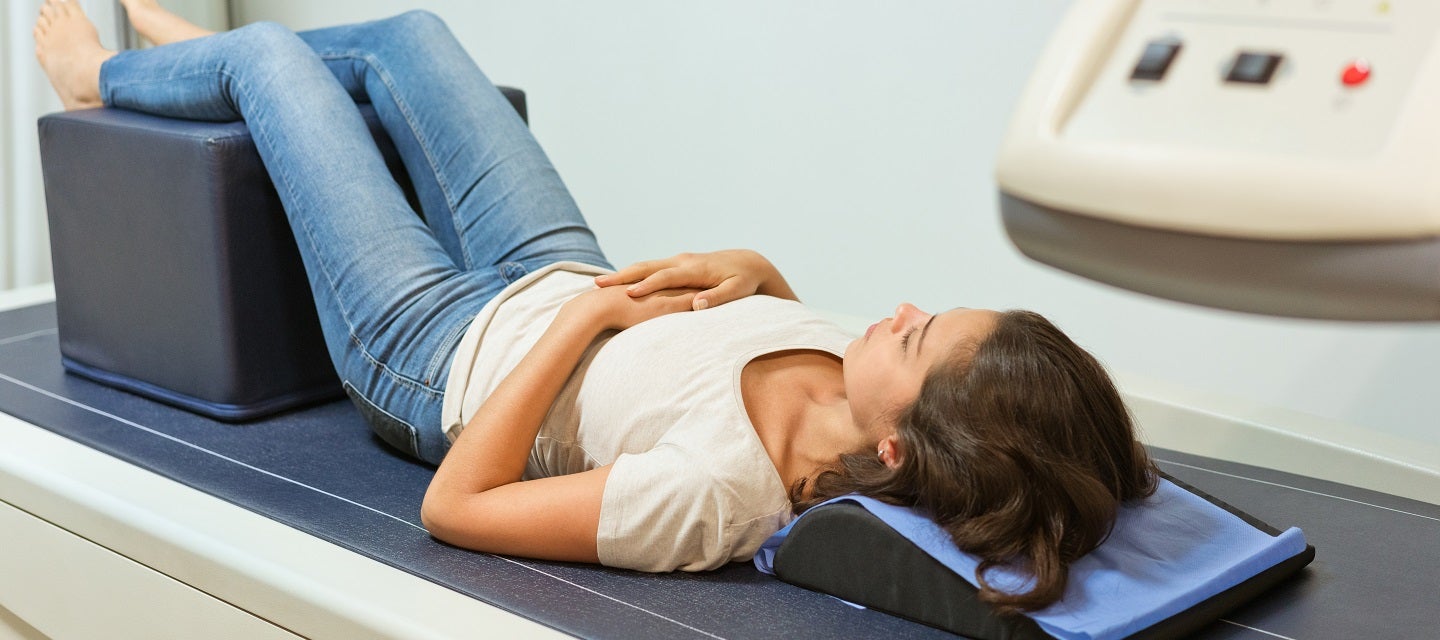
Understanding your osteoporosis risk
Understanding your osteoporosis risk

The body constantly absorbs and replaces bone tissue. When the new bone formation doesn’t keep up with old bone removal, osteoporosis results. Bones become weaker, less dense and are at increased risk of breaking. This is most common in elderly patients.
It’s often called a ‘silent disease’ as no symptoms appear until a fracture occurs. At this point it is difficult to treat and can predispose to further bone fractures, considerably reducing your quality of life.
It is predicted that more than 1.3 million Australians over 60 could be living with osteoporosis, many without knowing it. Worldwide, one in three women and one in five men aged over 50 will suffer from an osteoporotic fracture (International Osteoporosis Foundation).
Each year on October 20, we observe World Osteoporosis Day. It is a timely reminder that while this may be a condition that largely affects the older demographic, osteoporosis is preventable, if action is taken early in life.
The message of World Osteoporosis Day is, get to know your risk and learn how to prevent or delay the onset of this condition by acting now to improve your bone health.
Risk factors of osteoporosis
Genetics
If a close relative has a history of osteoporosis, your risk is higher. Risk is also higher if you are white or Asian descent.
Previous low trauma fracture
One fracture indicates the start of a cascade effect: once you have had one fracture, the likelihood of another fracture doubles in women and is three to four times more likely in men, especially in the first 5-10 years after fracture.
Gender/Age
The older you get the greater the risk of osteoporosis. The risk is also greater in female.
Hormone levels
- Sex hormones: In females this is mainly due to the loss of oestrogen after menopause. Treatments for prostate cancer that reduce testosterone levels in men, and treatments for breast cancer that reduce oestrogen levels in woman can accelerate bone loss.
- Thyroid: Too much thyroid hormone either due to an overactive thyroid gland or due to too much thyroid medication.
- Other glands: Overactive parathyroid or adrenal glands
Falls
If you have a previous history of a fall, it is more likely that you will have a fall that results in a fracture. Unfortunately, some people become so afraid of breaking another bone that they become more sedentary, contributing to further loss of bone and muscle.
Medications
Prolonged use of certain drugs such as prednisone or cortisone and medications taken to combat seizures, gastric reflux, cancer and transplant rejection can increase your risk of osteoporosis. In these situations, your medical practitioner may recommend bone density tests.
Dietary factors
Low calcium intake, eating disorders that severely restrict food intake.
Lifestyle choices
Sedentary lifestyle, excessive alcohol consumption and tobacco use increase your risk.
Other diseases
Some diseases associated with greater risk of osteoporosis include hyperthyroidism, hyperparathyroidism, intestinal malabsorption (i.e. coeliac disease or any disease that causes the intestine to absorb less calcium), kidney and liver disease as well as rheumatoid arthritis and autoimmune conditions where long term prednisone is required.
Source: Health Direct
Top six ways to prevent osteoporosis
If action is taken early, with simple lifestyle changes and an increased awareness of the importance of bone health, prevention can be achieved.

Monitor your bone health with bone densitometry

Bone densitometry, (also known as DEXA), is a special type of x-ray that measures bone mineral density (BMD). It gives doctors helpful information about bone strength or fragility, and the risk of fractures or broken bones.
It is currently the best test for measuring the amount of bone (density) in the spine, hip or wrist. It is recommended that repeat scans are performed at the same location and on the same machine for a more accurate assessment of BMD.
The spine and one or both hips are routinely scanned; some machines also routinely evaluate the forearm. The forearm might also be scanned if either the hip or spine is unavailable (usually due to surgery). As any condition affecting bone density tends to affect the whole skeleton, a snapshot of a few sites is sufficient to establish the overall bone density.
Always discuss your osteoporosis risk with your doctor.
Book your bone density scan at I-MED Radiology
I-MED Radiology performs BMD tests at most sites. Once you have obtained your medical imaging request, you can book your appointment online at your local clinic.
Why you can trust I-MED Radiology
Our team of content writers create website materials that adhere to the principals set out in content guidelines, to ensure accuracy and fairness for our patients. Dr. Ronald Shnier, our Chief Medical Officer, personally oversees the fact-checking process, drawing from his extensive 30-year experience and specialised training in radiology.
